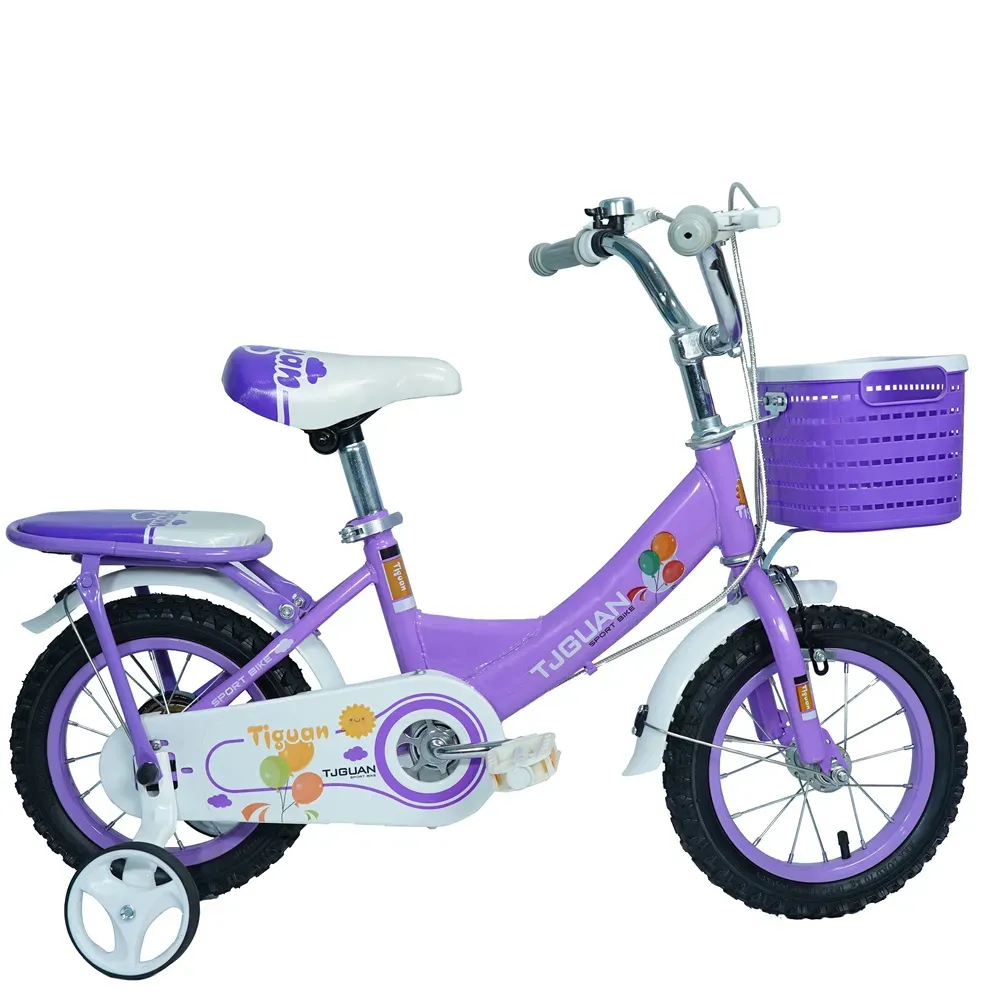mountain bike differences
Understanding the Differences in Mountain Bikes
Mountain biking is an exhilarating sport that offers a unique way to connect with nature while getting an intense workout. Whether you’re a seasoned rider or just beginning your mountain biking journey, you might have noticed that not all mountain bikes are created equal. The differences among mountain bikes can significantly influence your riding experience, performance, and comfort. In this article, we'll explore the key differences in mountain bikes, breaking them down into categories based on terrain, frame geometry, suspension type, and components.
Terrain-Specific Bikes
Mountain bikes are designed to tackle various types of terrain, and understanding the right bike for your riding style is crucial. Generally, mountain bikes are categorized into three main types cross-country (XC), trail, and downhill (DH).
1. Cross-Country Bikes XC bikes are lightweight and efficient, designed for speed and long-distance riding. They typically have a shorter suspension travel (usually 80-100mm) and a more aggressive geometry that allows for faster climbing and endurance on smooth trails. These bikes are ideal for those who prefer racing or long, multi-terrain rides.
2. Trail Bikes Trail bikes strike a balance between XC efficiency and downhill capability. They often feature a suspension travel of 120-150mm, making them versatile for both climbing and descending. The geometry is more relaxed than XC bikes, providing stability on rougher descents while still being efficient for climbs. Trail bikes are perfect for riders who enjoy a mix of both uphill trails and technical descents.
3. Downhill Bikes As the name suggests, downhill bikes are designed for steep descents and rough terrain. They are built with long suspension travel (typically 200mm or more) and a slack geometry that absorbs shocks from jumps and rocky trails. These bikes are heavier and are not intended for uphill riding, making them suitable for riders who focus exclusively on descending.
Suspension Types
The suspension system of a mountain bike plays a crucial role in its performance and how it handles rough terrain. There are two main types of suspension systems hardtail and full-suspension.
- Hardtail Bikes These bikes have a suspension system only in the front, while the rear remains rigid. Hardtails are usually lighter and more efficient for climbing, making them a popular choice for XC riders. They also tend to be more affordable and require less maintenance.
- Full-Suspension Bikes Full-suspension bikes come with both front and rear suspension, providing greater shock absorption and improved control on bumpy trails. They are generally heavier and more complex due to the additional components. Full-suspension bikes excel on technical terrain and are favored by trail and downhill riders for their ability to handle rough descents comfortably.
Frame Geometry
mountain bike differences

The geometry of a mountain bike refers to the proportions and angles of its frame
. It greatly affects handling, stability, and comfort. Here are some key aspects of frame geometry to consider- Top Tube Length This affects your reach to the handlebars. A longer top tube can provide better stability at high speeds, while a shorter tube allows for easier maneuverability.
- Head Tube Angle A slacker head tube angle (typically found in downhill bikes) allows for better stability on steep descents. Conversely, a steeper angle helps with climbing and navigating tight turns, making it preferable for XC bikes.
- Seat Tube Angle A more upright seat tube angle helps with climbing efficiency, while a slacker angle can enhance descending capabilities.
Components
Finally, the build quality of components can also differentiate mountain bikes. Key components include the drivetrain, brakes, and wheels.
- Drivetrain Higher-end bikes often feature more gears and refined shifting mechanisms, allowing for smoother transitions and better performance on a variety of terrains.
- Brakes Disc brakes are standard in mountain biking, but the type (mechanical vs. hydraulic) affects stopping power and control. Hydraulic brakes provide better modulation and require less effort to engage.
- Wheels The size of the wheels (27.5” vs. 29”) impacts the bike's rolling efficiency and maneuverability. Larger wheels can roll over obstacles more easily, while smaller wheels are typically lighter and more nimble.
Conclusion
Choosing the right mountain bike depends on your riding style, the types of terrain you will be navigating, and personal preferences in terms of comfort and performance. Understanding the differences in mountain bike types, suspension systems, frame geometry, and components will empower you to make an informed choice. As you embark on your mountain biking adventures, remember that the right bike can enhance your experience and help you tackle trails with confidence and excitement. Happy riding!
-
Three-Wheel Light-Up Scooter Benefits for KidsNewsJul.11,2025
-
The Importance of Helmet Safety When Using a Kids ScooterNewsJul.11,2025
-
Nurturing Early Mobility with an Infant ScooterNewsJul.11,2025
-
How to Choose the Safest Tricycle for KidsNewsJul.11,2025
-
Fixing a Squeaky Baby Push Tricycle in MinutesNewsJul.11,2025
-
Cleaning and Maintaining a Tricycle for Big KidNewsJul.11,2025
-
Unleash Fun and Safety with Our Premium Kids Scooter CollectionNewsJun.06,2025








